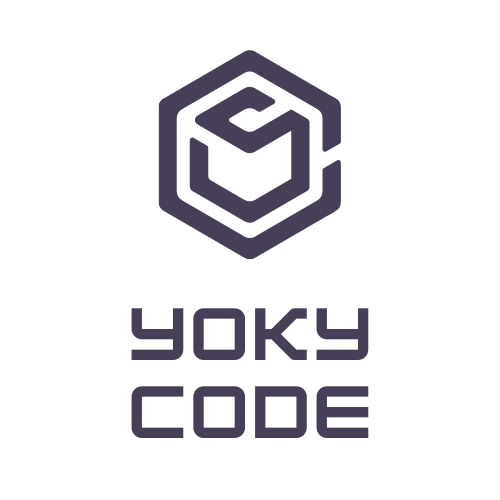Terraform is a powerful tool for automating infrastructure management, but it is important to use it securely to protect your resources and data. This article will explore some security best practices for working with Terraform and provide examples and documentation links to help you implement them in your workflow.
- Use separate credentials and permissions for Terraform: It’s a best practice to use different credentials for Terraform than the ones you use for other systems. This can be achieved by creating a dedicated IAM user or service account for Terraform with the least permissions necessary. This way, if the credentials are compromised, the attacker will have a more limited scope of action.
- Use remote state storage: Storing your Terraform state remotely allows you to easily share your infrastructure as code with others and keep your state safe. By storing the state remotely, you can also use backend encryption, versioning and access controls, also enables collaboration with teams.
- Use state locking: State locking prevents multiple users from making conflicting changes to your infrastructure at the same time. It can be achieved by using the
terraform lockcommand or by using a state locking backend. - Use modules: By breaking your infrastructure into smaller, reusable modules, you can increase the security and maintainability of your code. For example, you can use modules to create a set of standard resources with specific permissions and access controls, and reuse them across different environments.
- Use variable files: Using variable files, you can separate sensitive data like passwords, keys and tokens, from the rest of your code and encrypt them. This way, if someone gets access to your codebase, they won’t be able to access the sensitive data.
- Use Terraform’s built-in functions: Terraform has a number of built-in functions that can help you write more secure code. For example, you can use the
lookupfunction to retrieve sensitive data from an external source, or therandomfunction to generate secure passwords. - Use Terraform’s provisioners securely: Terraform’s provisioners can be used to execute scripts or run commands on your infrastructure, but they should be used with caution. Make sure you understand the implications of the commands you are running, and only run them on instances you trust.
- Validate your Terraform code: Validate your terraform code using
terraform validatebefore applying changes. This can help you catch any syntax errors, or other issues that might impact the security of your infrastructure.
It’s also important to keep your Terraform up to date with the latest security updates, and review and audit your infrastructure regularly.
For more information on how to secure your Terraform code and infrastructure, you can check the official Terraform documentation: https://developer.hashicorp.com/terraform/docs
In conclusion, security is a crucial aspect of working with Terraform. By following best practices, such as using separate credentials, remote state storage, state locking, modules, variable files, built-in functions, and provisioners securely, you can increase the security and maintainability of your infrastructure as code. It’s important to stay up to date with the latest security updates and regularly review and audit your infrastructure to ensure it is secure.
